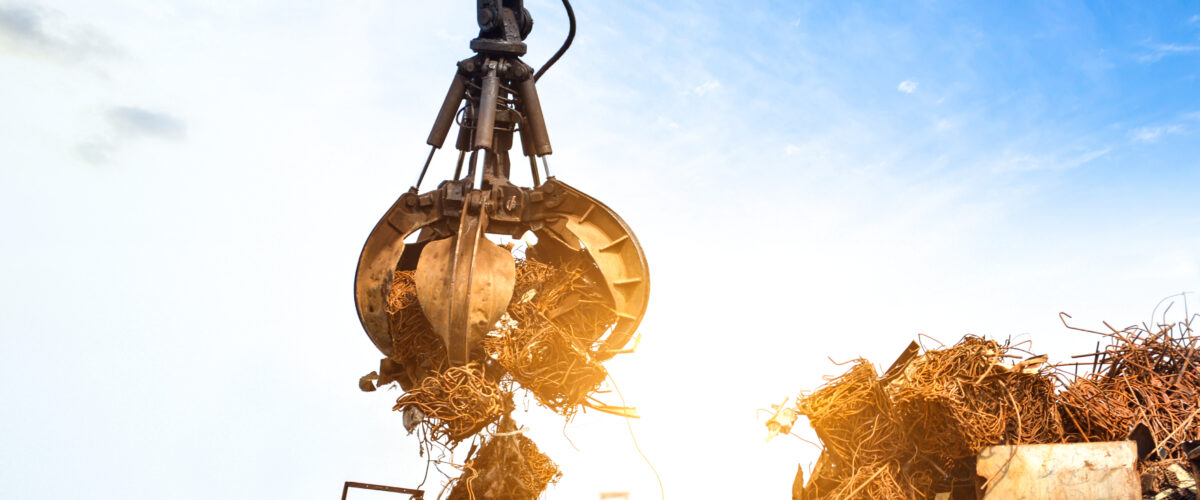Introduction
Metal recycling is more than just a waste management solution — it’s a key driver of environmental sustainability, resource conservation, and circular economy practices. With rising global demand for raw materials, metal recycling helps reduce the need for virgin mining, lowers carbon emissions, and supports eco-friendly manufacturing.
At Arizo Global, we are committed to transforming how businesses and communities manage metal waste — turning discarded materials into valuable resources through an efficient and sustainable recycling process.
Why Recycle Metals?
Recycling metals saves energy, reduces pollution, and conserves natural resources. For example:
- Aluminum recycling uses 95% less energy than producing it from raw bauxite.
- Steel recycling reduces CO₂ emissions and decreases landfill usage.
- Recycled metals can be resold and reused, supporting economic growth while minimizing environmental harm.
Step-by-Step: The Metal Recycling Process
1. Collection
The process begins with the collection of scrap metal from various sources such as households, construction sites, factories, and commercial waste. Metals are often sorted into ferrous (iron-based) and non-ferrous (copper, aluminum, brass, etc.) categories.
2. Sorting and Separation
After collection, the metals are sorted using tools like:
- Magnets (to separate ferrous metals)
- Eddy current separators (for non-ferrous metals)
- Sensors and AI systems (for quality detection and precise sorting)
Efficient sorting is essential for maximizing recovery and ensuring high-quality recycled material.
3. Shredding and Size Reduction
Large metal pieces are shredded into smaller fragments. This step increases surface area, making melting more energy-efficient. For example, aluminum cans are compressed and shredded before being melted down.
4. Melting
The sorted metals are then melted in specialized furnaces designed for each metal type. This stage requires significantly less energy compared to extracting and refining metal from raw ore.
- Steel and iron are melted in electric arc furnaces
- Aluminum in rotary furnaces
- Copper in refining furnaces
5. Purification
To ensure high quality, the melted metal is purified using techniques like:
- Electrolysis
- Distillation
- Use of chemical agents
This step removes impurities and prepares the metal for reuse in manufacturing.
6. Solidifying and Forming
Once purified, the molten metal is poured into molds to form ingots, rods, sheets, or coils, depending on its future use. These materials are then sent to manufacturers to create new products — from automotive parts to building materials.
7. Distribution and Reuse
Finally, the recycled metal is delivered to industries and manufacturers for reuse in various sectors, including:
- Construction
- Electronics
- Automotive
- Aerospace
- Packaging
Arizo Global’s Commitment to Sustainable Recycling
At Arizo Global, we support the metal recycling industry through:
Responsible sourcing and waste collection
Smart separation and quality control technologies
Partnerships with manufacturers and recycling plants
Advocacy for green practices and environmental awareness
Our goal is to close the loop — creating a circular economy where nothing goes to waste and everything has value.
Conclusion
Metal recycling is not just about managing waste — it’s about redefining how we use resources. Through innovation, responsibility, and smart infrastructure, we can turn scrap into strength and waste into opportunity.
At Arizo Global, we’re proud to play a part in building a more sustainable future — one metal at a time.

